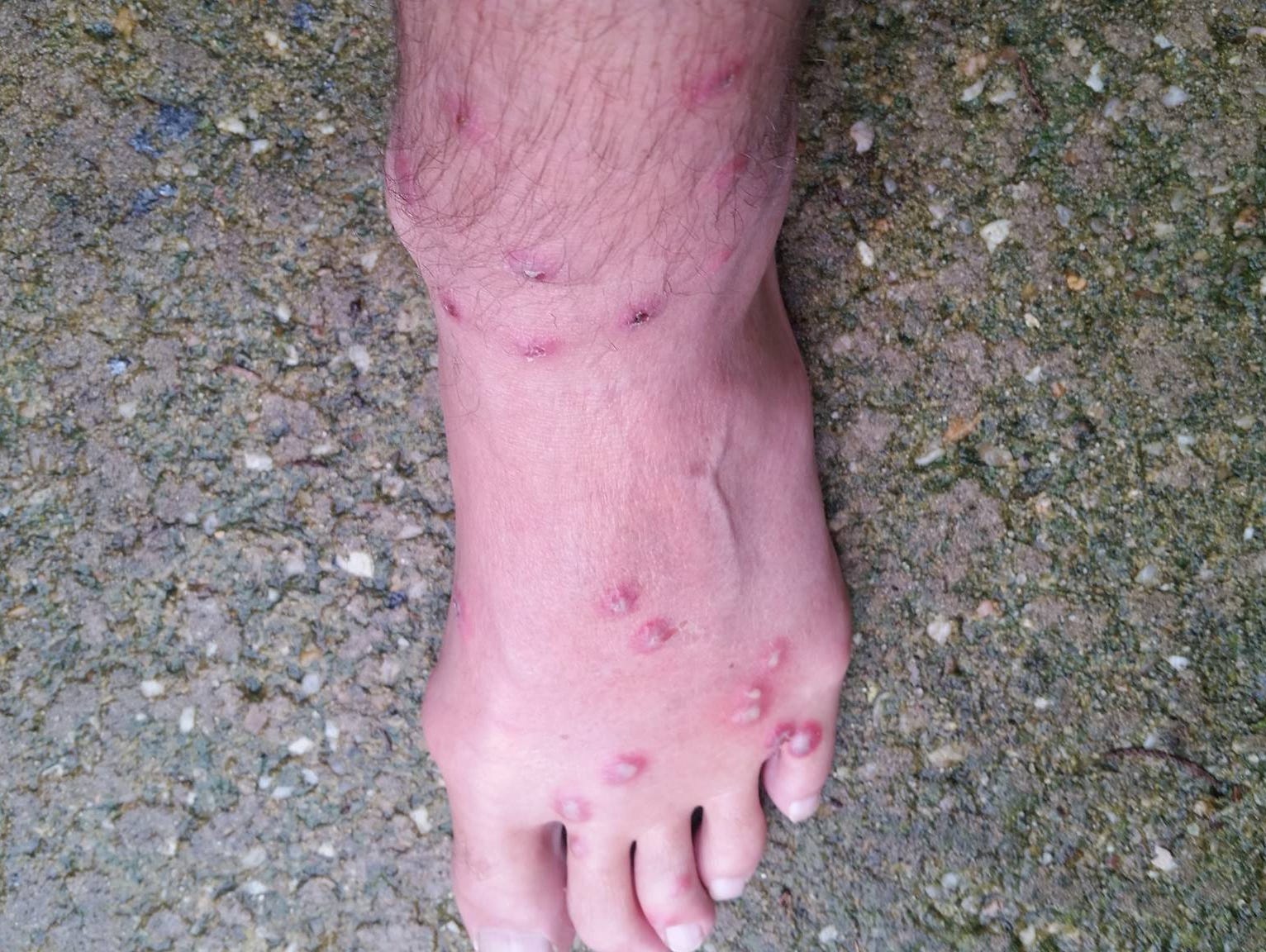

#SWIMMERS ITCH ON FEET SKIN#
If these microscopic larvae encounter a human in the water, they will burrow into the skin in hopes they’ve found a suitable host.

Once the larvae are ready, they leave the snail in search of their new host. If the bird feces gets into the water, the parasite eggs hatch and start looking for their intermediary host, a particular type of snail, to continue their development. Animals (mostly birds) that become infected will pass the parasite through their droppings. It’s a skin rash caused by certain parasites that live in water. Swimmer’s itch goes by the formal name of cercarial dermatitis. While this is an enjoyable way to cool off, there’s one thing to keep an eye out for afterward: swimmer’s itch. Learn more from the Centers of Disease Control and Prevention.It can be tempting on a hot summer day to go wading in a nearby lake or take a dip in the ocean. If itching is severe, contact a health care provider, who might suggest prescription strength lotions or creams. Scratching affected areas can cause a bacterial infection.

Over-the-counter and home remedies such as anti-itch and corticosteroid creams, cool compresses, Epsom salts, baking soda and colloidal oatmeal baths can help to soothe symptoms. Most cases of swimmer’s itch get better on their own. Swimmer’s itch is not contagious it cannot be passed from person to person. Children are more likely to get swimmer’s itch than adults because kids spend more time in shallow waters where the parasite may be present ,and are less likely to towel dry.

Rinse off and towel dry at the end of the day. Towel dry thoroughly after contact with water.Avoid areas with cloudy water, blooms and scum. Don’t swim, wade or recreate in water with waterfowl, snails or weeds.All Health Care Professionals & Patient Safety.Clinical Guidelines, Standards & Quality of Care.Health & Safety in the Home, Workplace & Outdoors.Birth, Death, Marriage & Divorce Records.


 0 kommentar(er)
0 kommentar(er)
